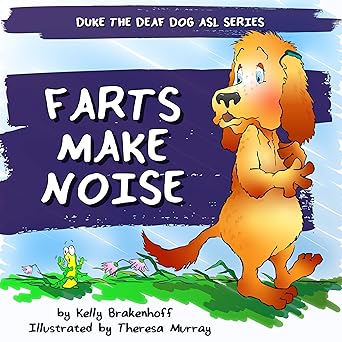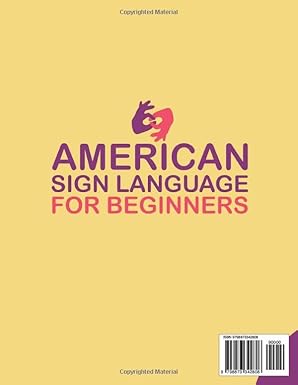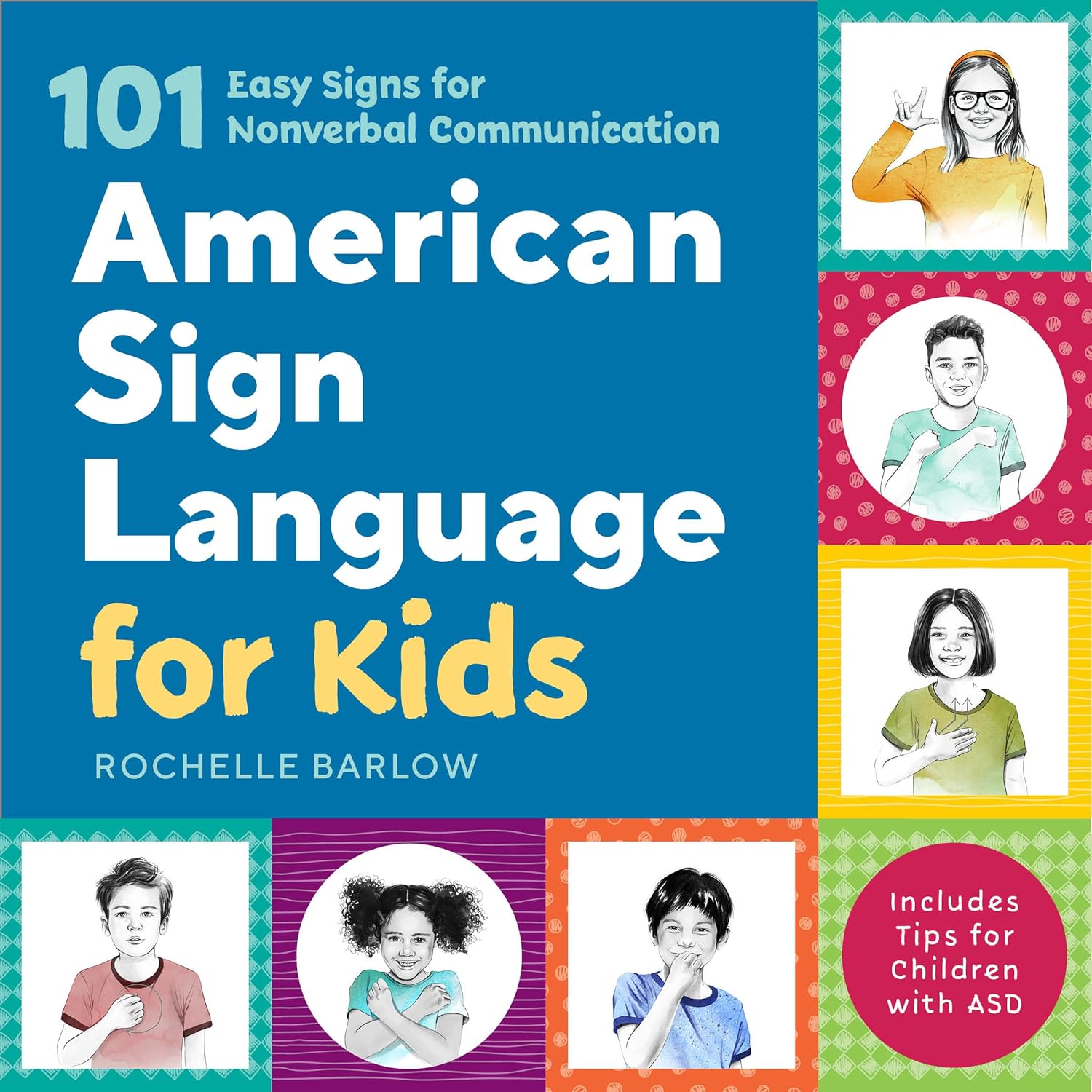Deaf/Hard of Hearing (D/HH) Education: A Practical Guide for Families
This guide explains the core educational needs of D/HH learners—language access, communication, placement options (including special schools and language immersion), and day-to-day supports—so you can plan a strong IEP.
Affiliate disclosure: As an Amazon Associate, we earn from qualifying purchases.Why “Language First” Matters
Access to a full language—every minute of the school day—is the foundation for reading, writing, and academics. For D/HH learners, “auditory access” alone may not equal “language access.” A student may hear sound with devices (e.g., hearing aids/cochlear implants) yet still miss enough speech detail to limit vocabulary growth and sentence-level comprehension, especially in noise or at distance.
- Language access ≠ sound access: We confirm language access through assessments of language (expressive/receptive), not just hearing tests.
- Multiple pathways: Spoken English, American Sign Language (ASL), Cued Language, or bilingual/bimodal approaches can all be appropriate—the IEP should match the student, not vice versa.
- Critical periods: Delays compound quickly. Early and continuous exposure to a complete language prevents language deprivation.
Recommended Resource
A highly rated reference for understanding D/HH language development and classroom strategies.
 View on Amazon
View on Amazon
Communication Plans & Language Immersion
Many states/districts use a Communication Plan within the IEP process to document the student’s primary communication mode(s), the qualifications of staff, and services needed to ensure full access across instruction, transitions, specials, and extracurriculars. When a student’s language thrives in an immersive setting (e.g., an ASL-rich environment with fluent peers and adults), the team should consider language immersion as a service model, not just a placement.
- ASL immersion: Fluent language models, incidental learning in ASL, and direct instruction without interpreters can accelerate growth for signers.
- Bimodal bilingual: Some students benefit from ASL and spoken English; both need qualified instruction, with clear goals for each modality.
- Document it: Specify communication mode(s), staff fluency/credentials, and daily access in the IEP—not just “as needed.”
In short: Language immersion is a service that makes learning possible. If a student only accesses fragmented language, the IEP must be adjusted until access is complete and consistent.
Recommended Resource
Parent-friendly guidance on collaboration and building strong home–school language habits.
 View on Amazon
View on Amazon
LRE, Special Schools, and the Continuum of Placements
Least Restrictive Environment (LRE) requires teams to consider the full continuum—from general education with supports to specialized programs and state schools for the Deaf. For D/HH students, the “least restrictive” setting is the one where language and learning are least restricted. If a neighborhood school cannot provide fluent peers, qualified staff, or complete language access across the day, a specialized program or school may be the less restrictive option.
- General education with supports: Works when language access is truly full (interpreting, captioning, DM/FM systems, acoustics, qualified D/HH staff).
- Regional/cluster D/HH programs: Peer access + teachers of the deaf + interpreters can improve language and social access.
- Schools for the Deaf: Language immersion, fluent peers, and direct instruction can remove barriers that otherwise require constant “workarounds.”
- Dormitory access: For some, dorms enable participation in after-school language, athletics, and social life—critical for pragmatic skills and identity.
The IEP should document why a placement supports language, academics, and social-emotional growth—and how progress will be monitored.
Recommended Resource
Assessment & Progress Monitoring
Assessment must match the student’s language and communication. Teams should use tools that are valid for D/HH learners, consider language modality during testing, and avoid underestimating ability due to access barriers.
- Language measures: Expressive/receptive language (spoken or signed), vocabulary depth, narrative skills.
- Literacy: Phonological/phonemic awareness (for spoken/written English pathways), ASL–English transfer skills, fluency, comprehension.
- Classroom access checks: Real-world listening/signed access in noise, distance, and group settings; interpreting and captioning quality; teacher clarity.
- IEP goals: Specific, measurable, and aligned to the student’s current language profile and future targets (with clear progress probes).
Progress should be visible in frequent data points. If progress stalls, adjust services, placement, or communication supports—don’t wait a year.
Recommended Resource
Everyday Access & Accommodations
Access must be continuous—from bell to bell and beyond. Typical supports include:
- Qualified staff: Teachers of the Deaf/HH, interpreters/transliterators, captioners, and SLPs familiar with D/HH needs.
- Captioning: Live CART or auto-captioning (with accuracy checks) in lectures and online platforms; captioned videos by default.
- DM/FM systems: Improves signal-to-noise ratio; pair with personal devices and ensure microphone etiquette in group work.
- Acoustics: Reduce background noise and reverberation; seating and visual access to faces, boards, and interpreters.
- Visual supports: Visual schedules, note-sharing, real-time text; teacher strategies (repeat/rephrase, check for understanding).
Document who is responsible for maintaining equipment, how substitutes preserve access, and what happens during assemblies, field trips, and extracurriculars.
Recommended Resource
Technology & Home Support
Technology can supercharge access when it’s chosen thoughtfully and maintained well. In school, that means DM/FM systems, high-quality captioning, sound-treated rooms, and devices that fit the student’s hearing profile. At home, families can build language with structured routines, read-aloud or sign-together time, and accessible media.
- Consistency: Use the same communication strategies at home that the student uses at school (spoken/ASL/bimodal) when possible.
- Media & tools: Prefer content with accurate captions; use visual timers, task organizers, and vocabulary journals (signed or spoken).
- Maintenance: Batteries, cables, and pairing procedures should be documented and shared with staff.
Recommended Home/School Tool
Building a Strong IEP for D/HH Students
- Present Levels: Include detailed language profiles (modality, fluency, comprehension), access observations, and environment notes.
- Measurable Goals: Language, literacy, and access goals with clear criteria (e.g., percent understood in noise, accurate caption use, ASL narrative features).
- Services & Personnel: Teacher of the Deaf/HH minutes, interpreting/captioning services, SLP services aligned to hearing-related needs, staff fluency expectations.
- Accommodations: DM/FM, seating, captioned media, note-sharing, interpreter procedures, test accommodations, emergency access plans.
- Placement Rationale: Connect placement to documented language/peer access and the settings where the student learns best (including specialized programs or schools).
- Progress Monitoring: Monthly/quarterly checks tied to goals; adjust immediately if progress is limited.
- Extracurriculars: Ensure equal access to clubs, sports, and residential/dorm programs when relevant.
- Transition Planning: For older students, include self-advocacy, assistive tech skills, career exploration, and access planning for college or training programs.



